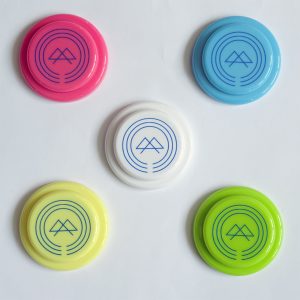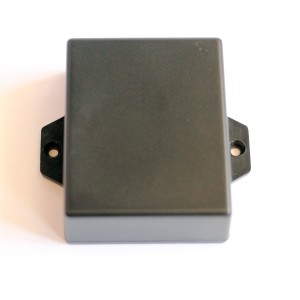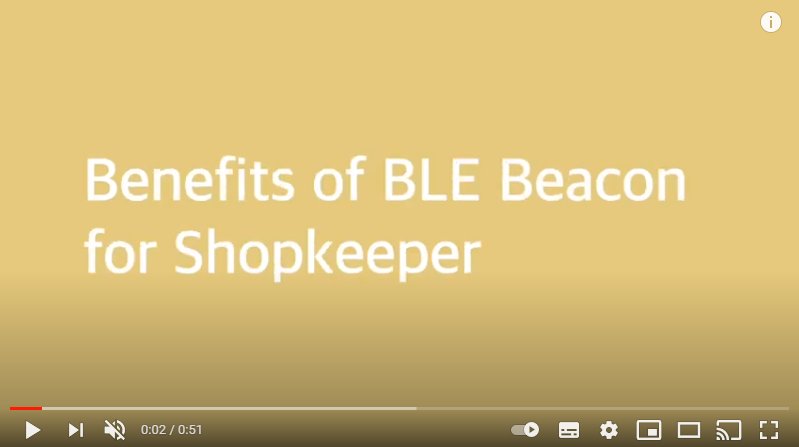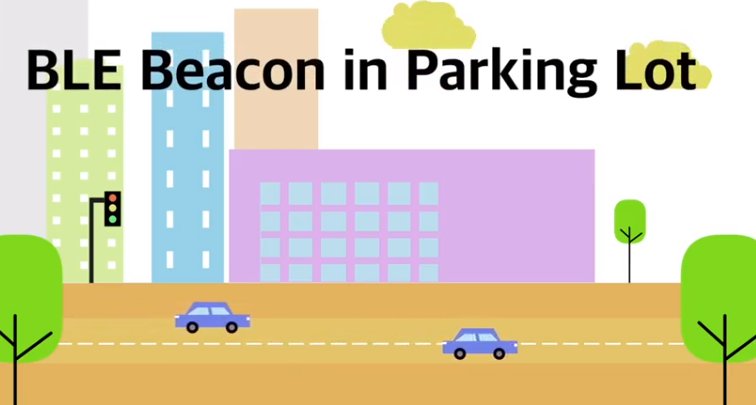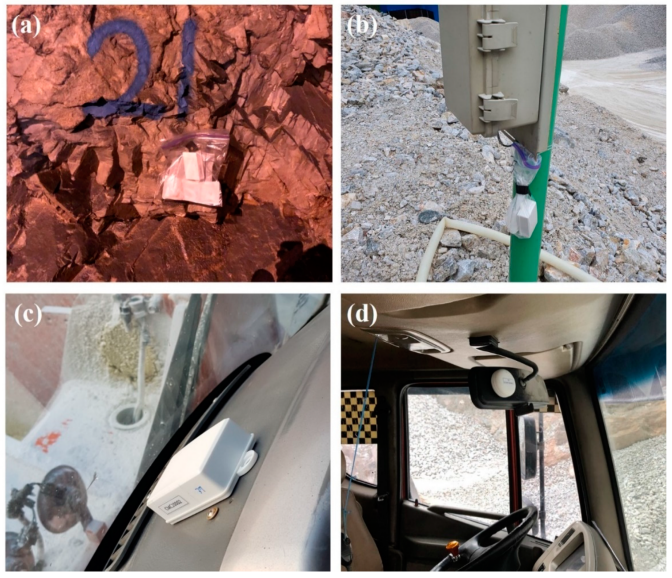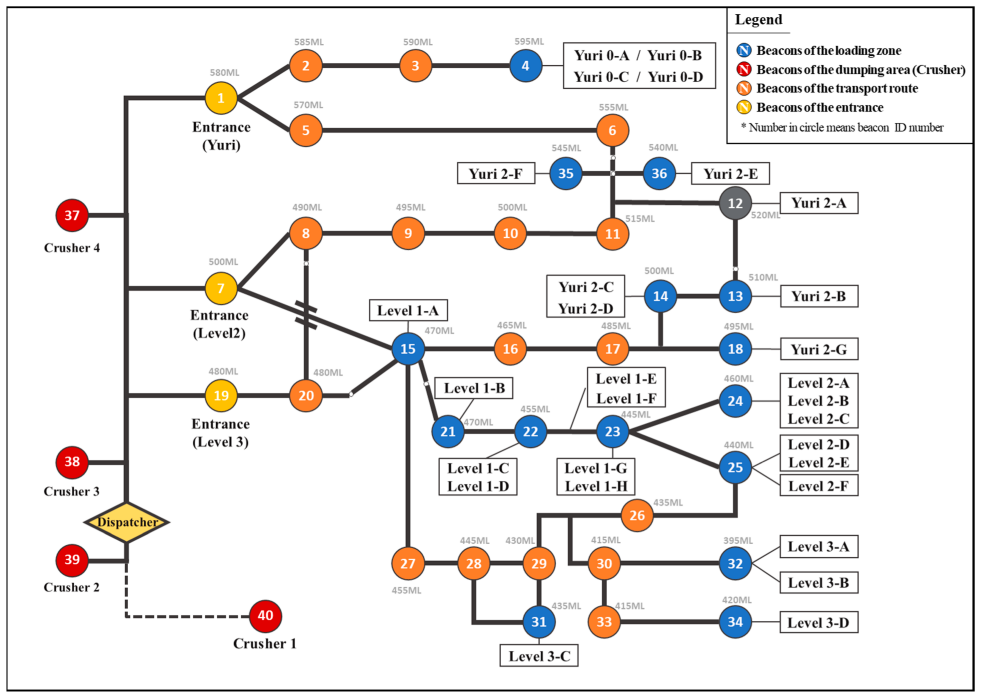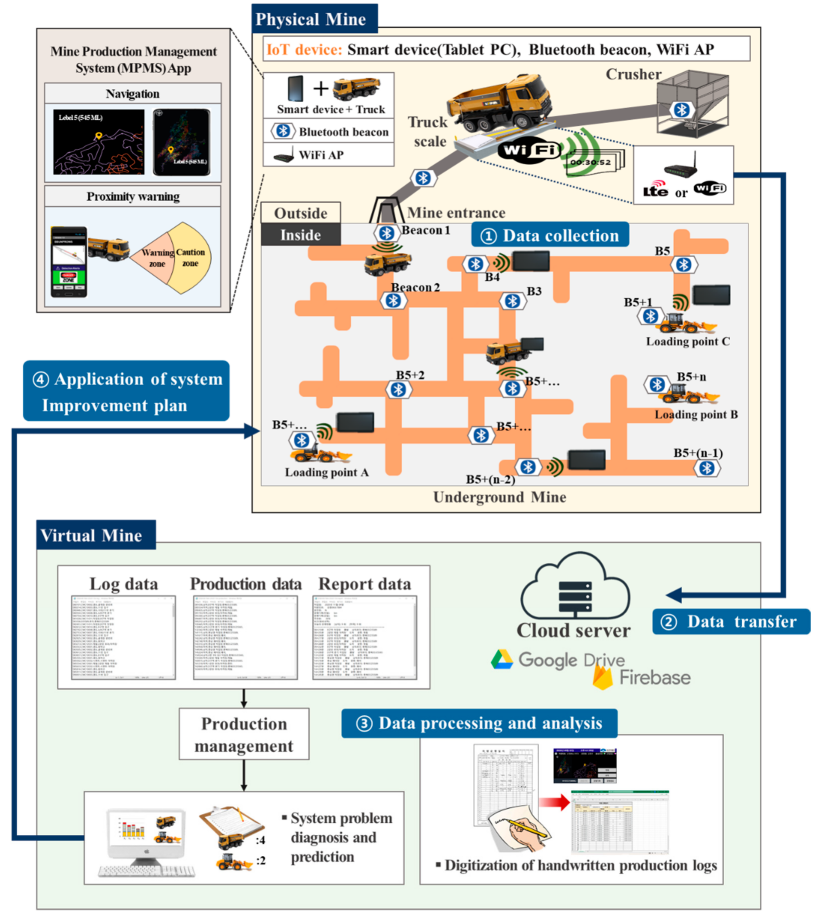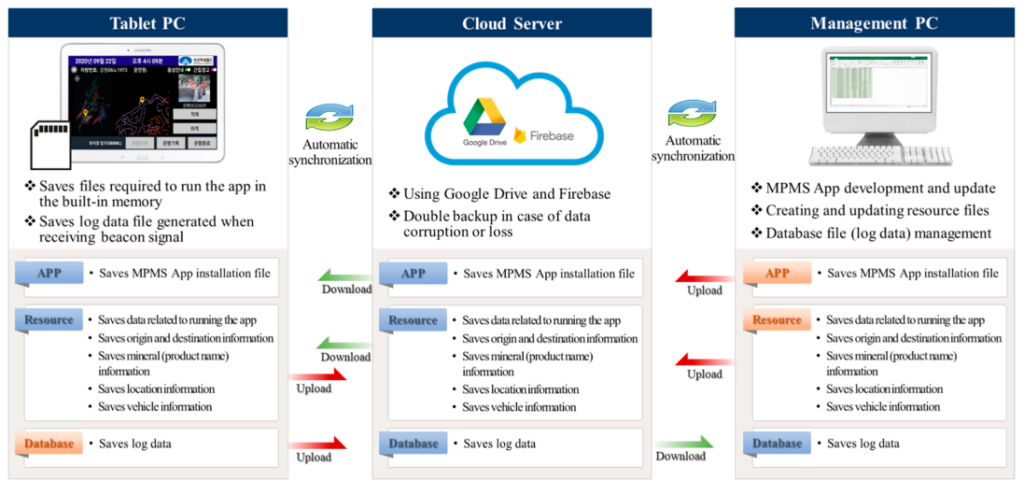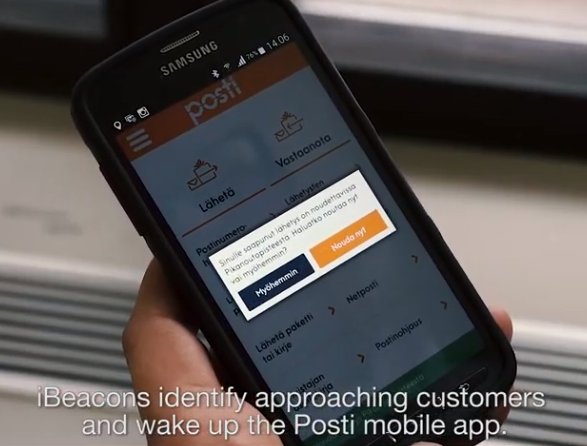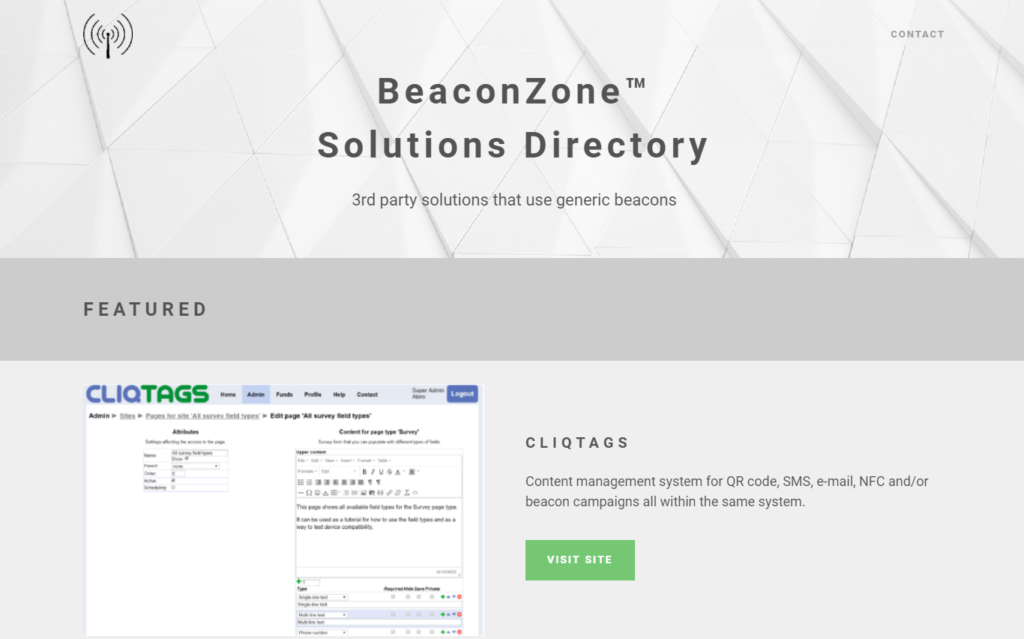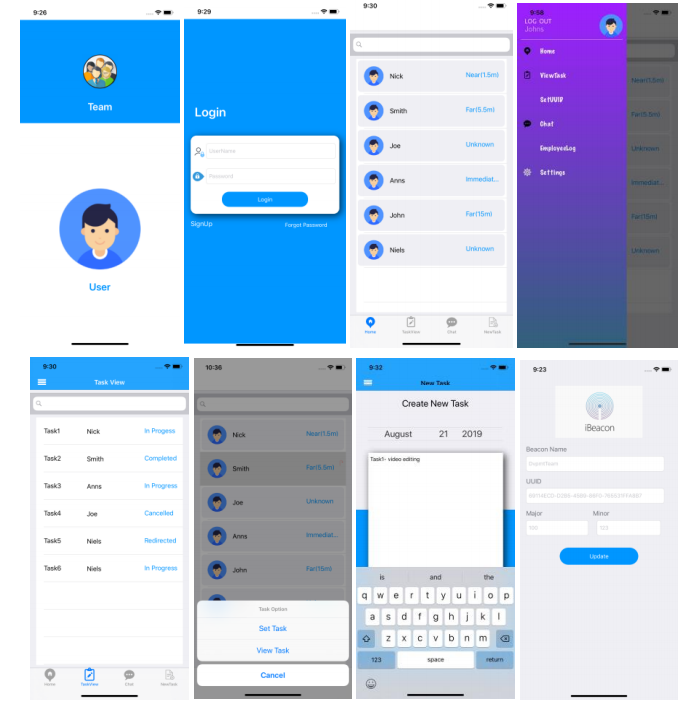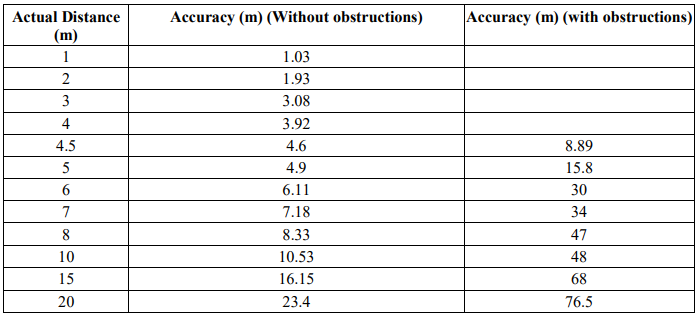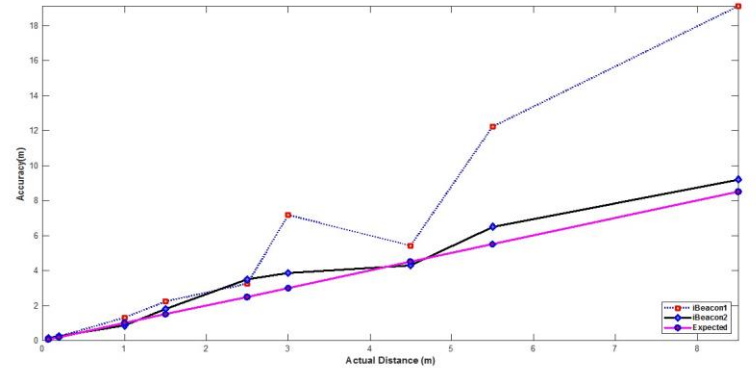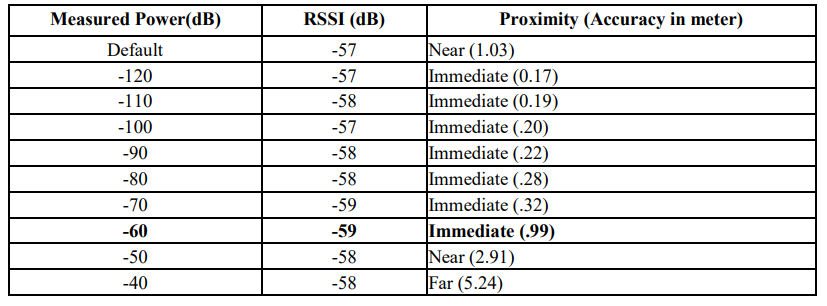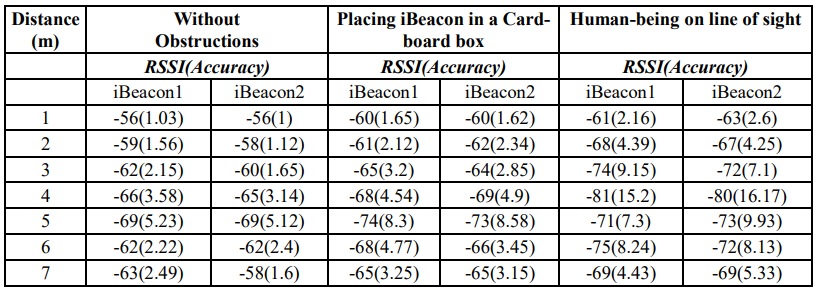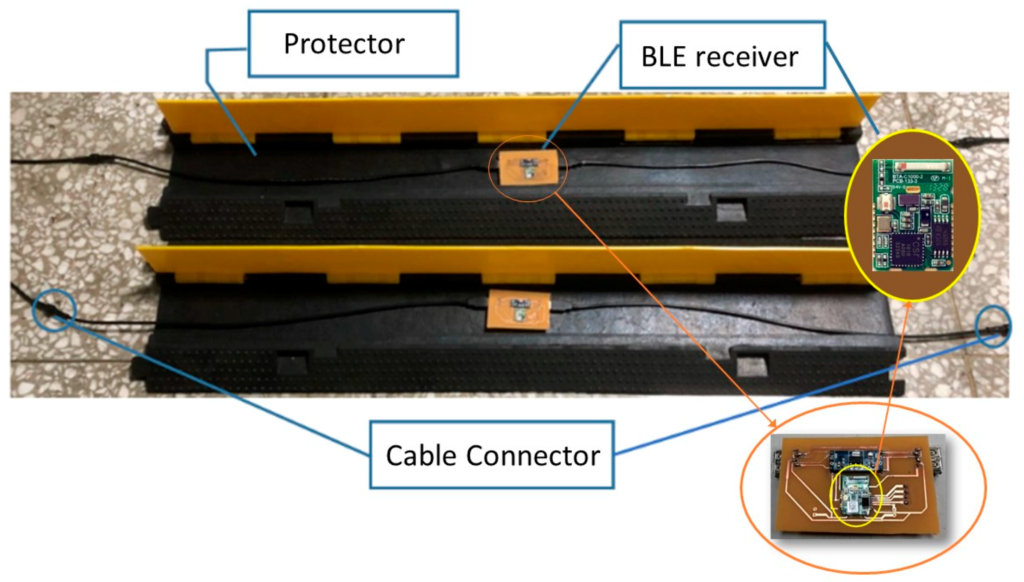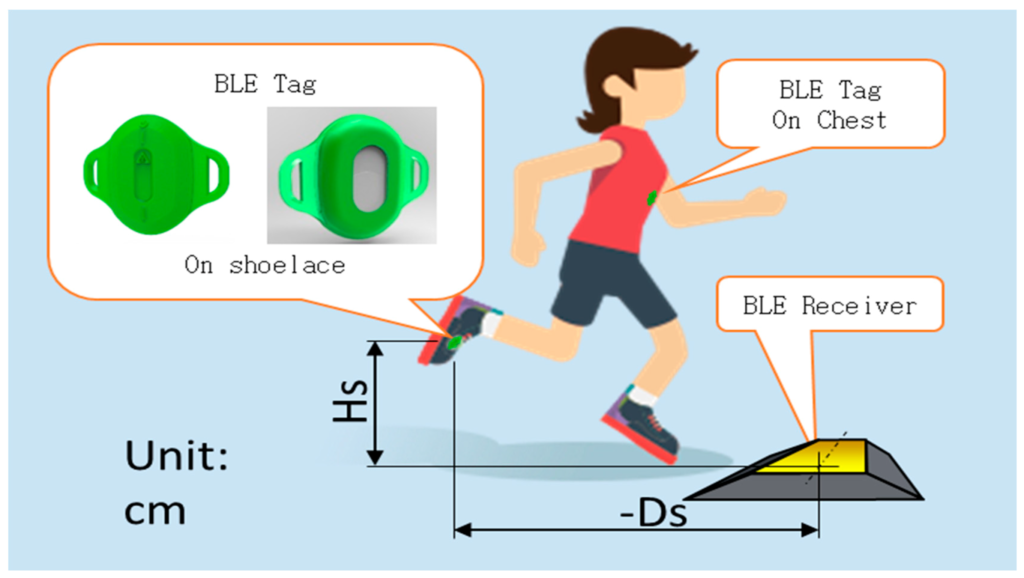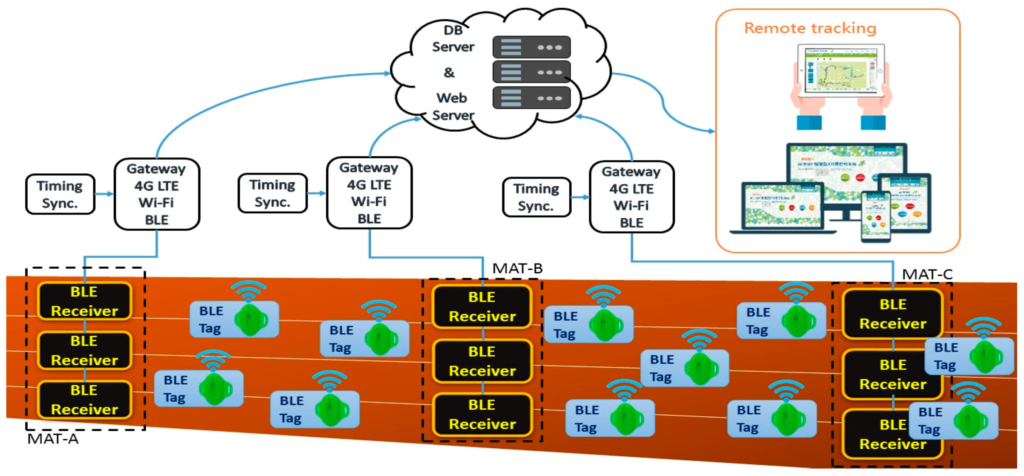We receive many enquiries for complete solutions that don’t yet exist. While we have a solutions directory, most current solutions tend to require solving a particular problem in a particular industry. In most cases the people enquiring don’t have the budget for a one-off custom solution.
There’s plenty of scope for new innovative solutions based on beacons for re-selling to others. However, creating new systems based predominantly on beacons is costly and risky. Instead, it’s often better to beacon-enable existing systems that have been tried and tested.
The systems we are finding doing this at the moment are mainly security related. However, there’s a large number of enterprise systems that could benefit from extra features provided by beacons. Doing so is less risky and more likely to be successful as it builds on something that’s already being used. Another observation is that when companies do this, they sometimes realise they have actually implemented their first IoT system.
